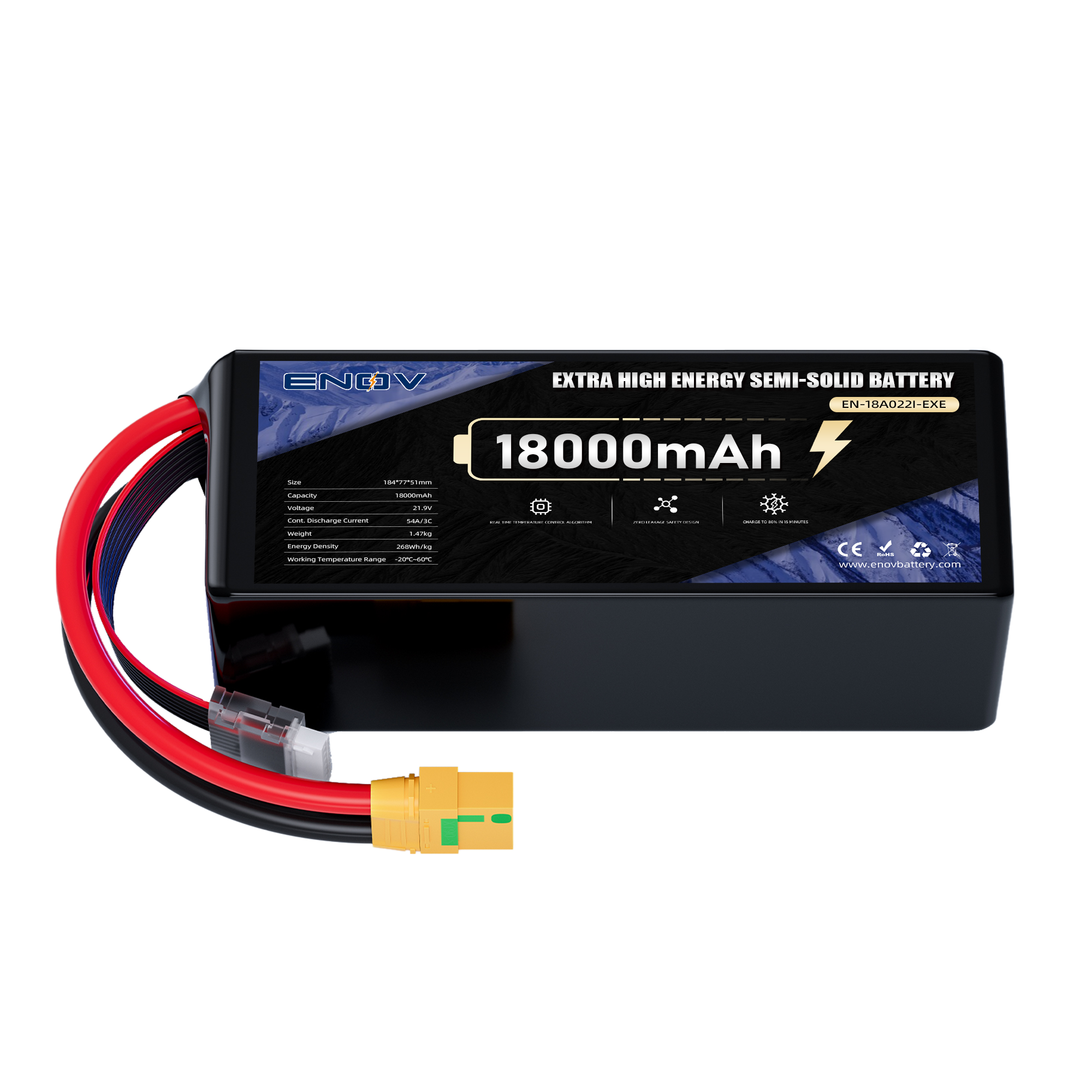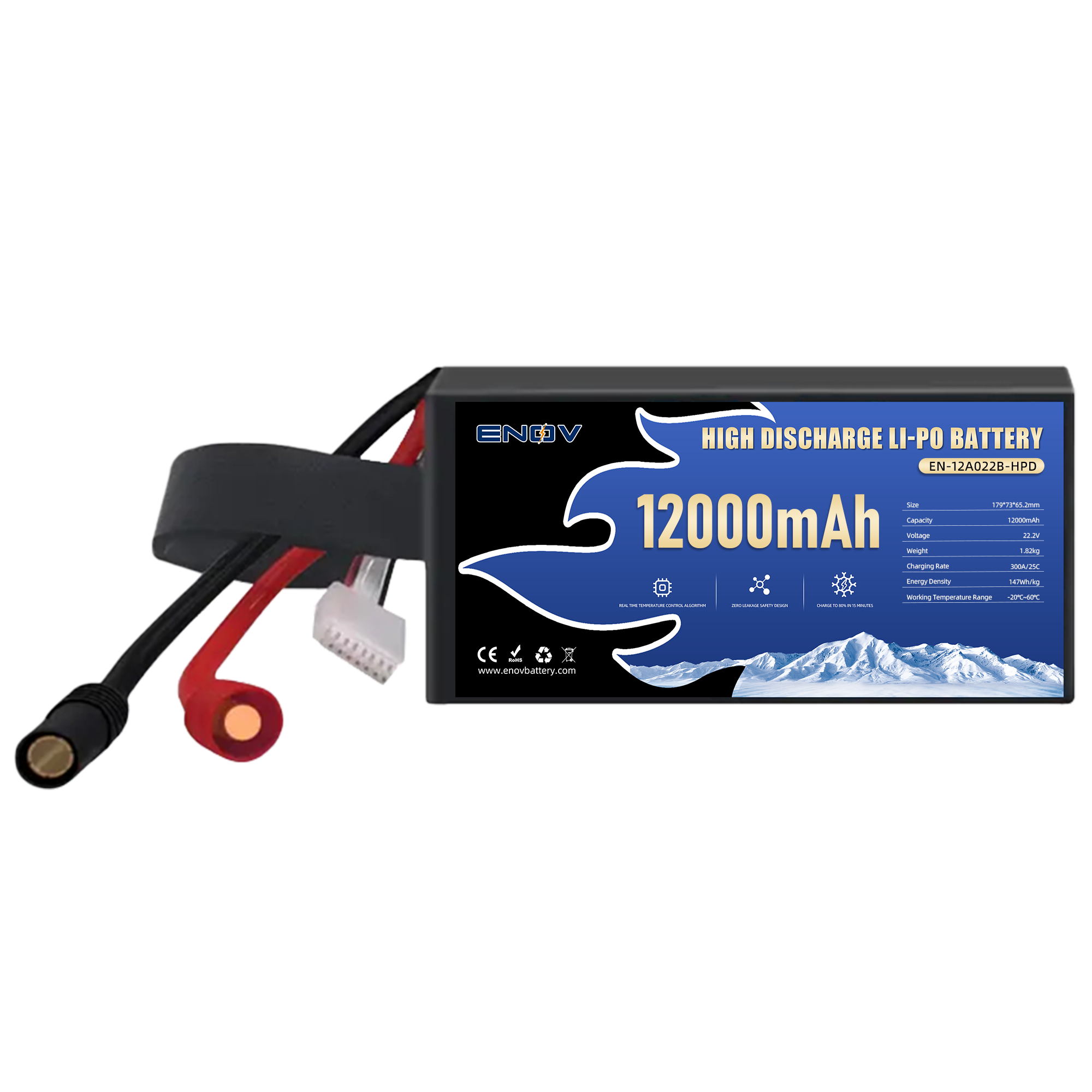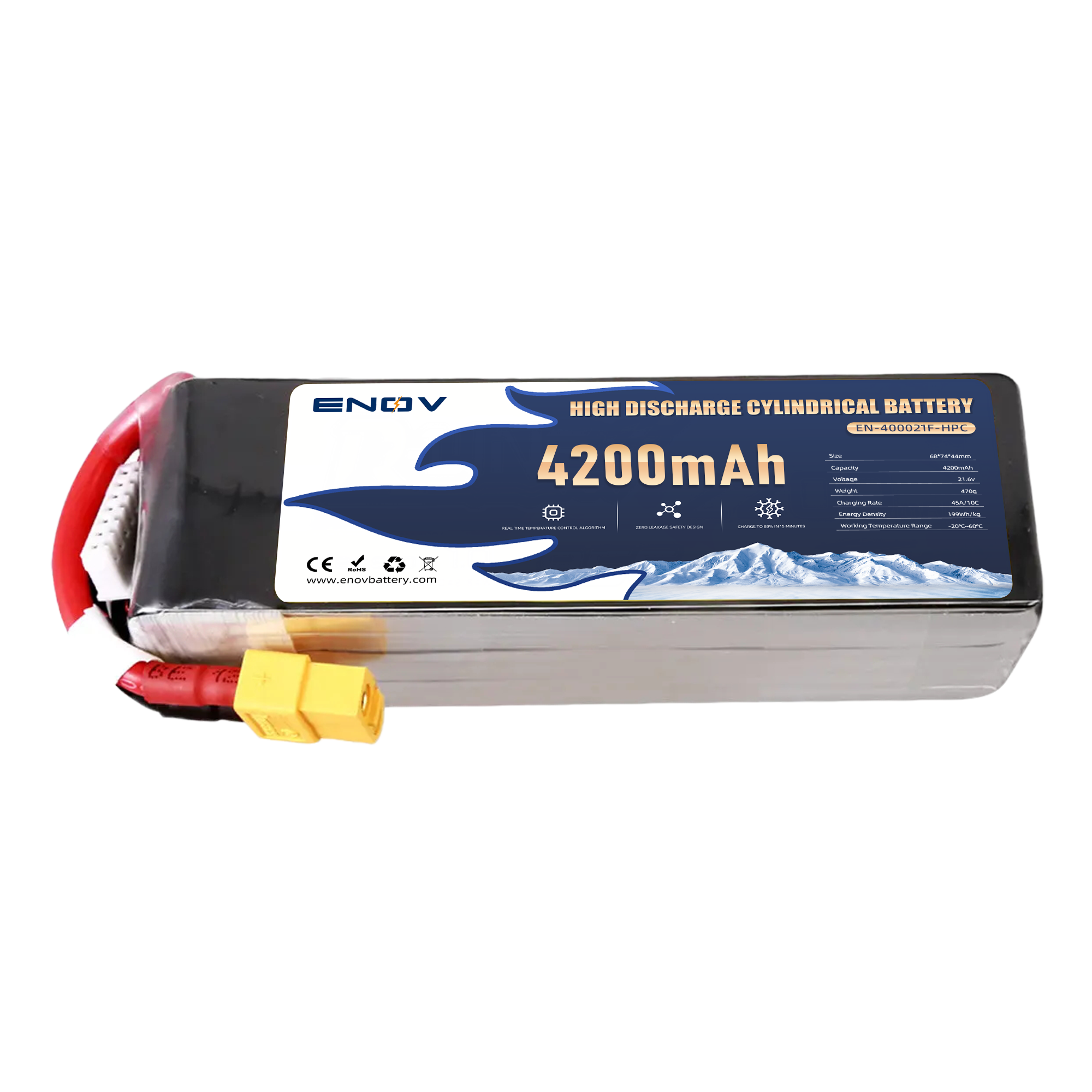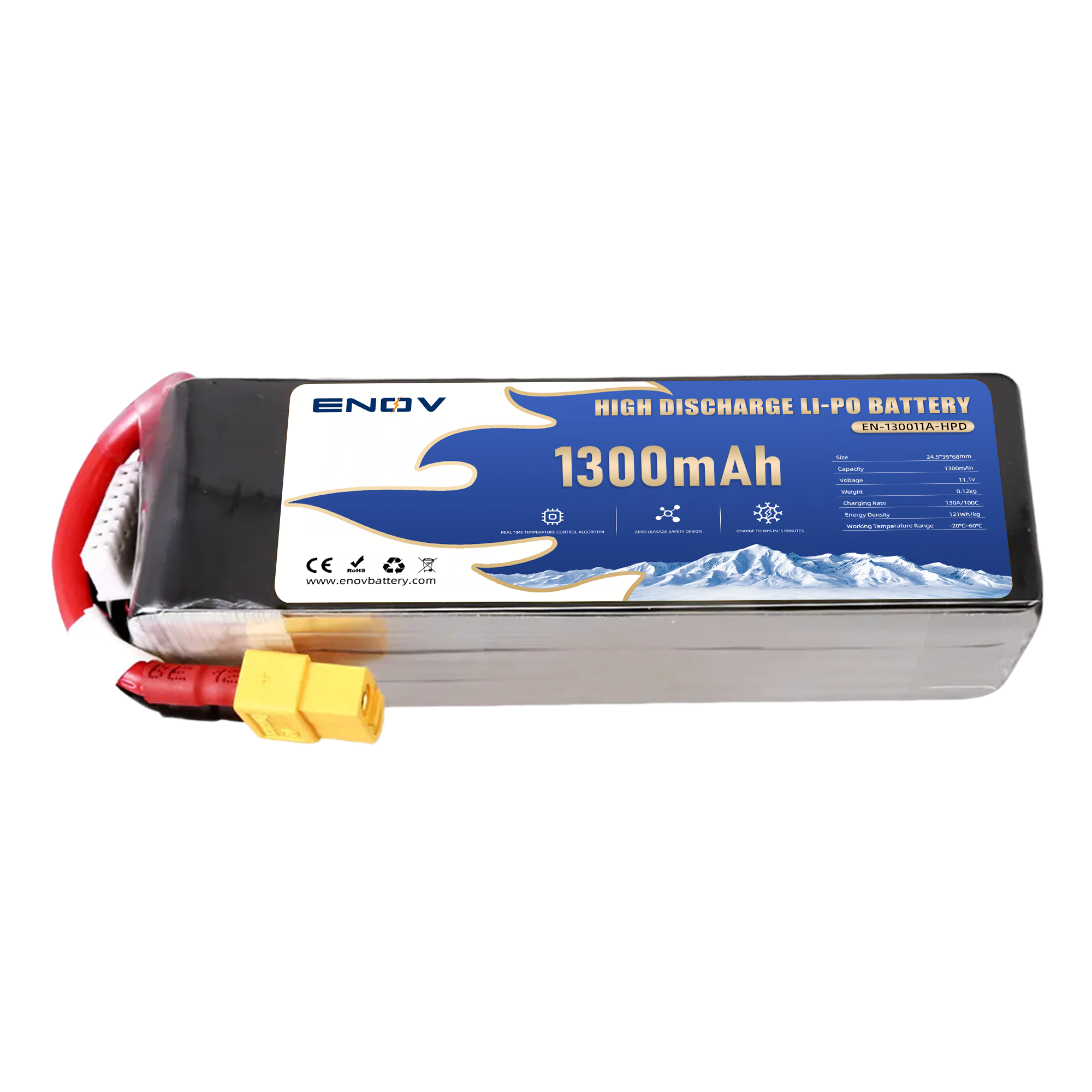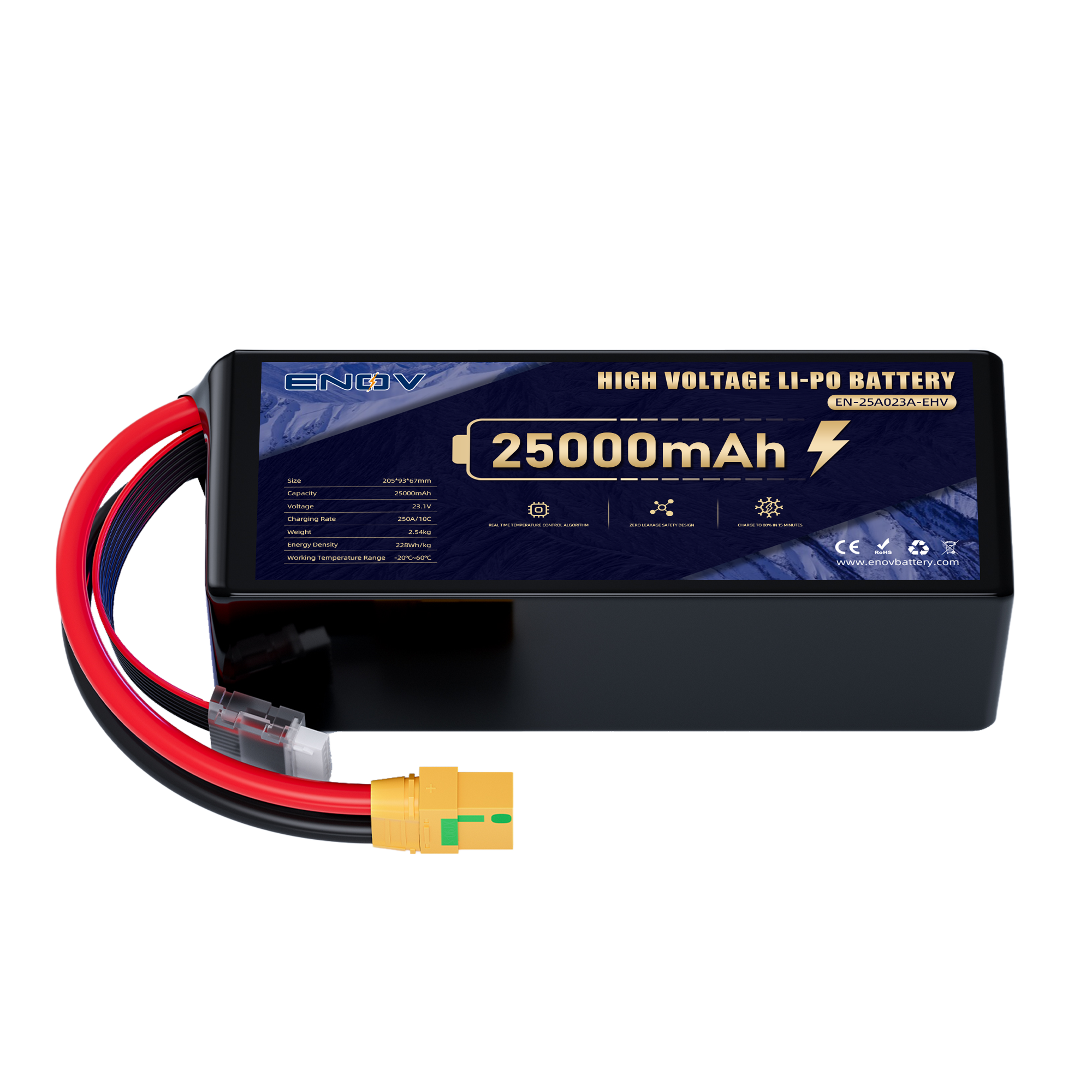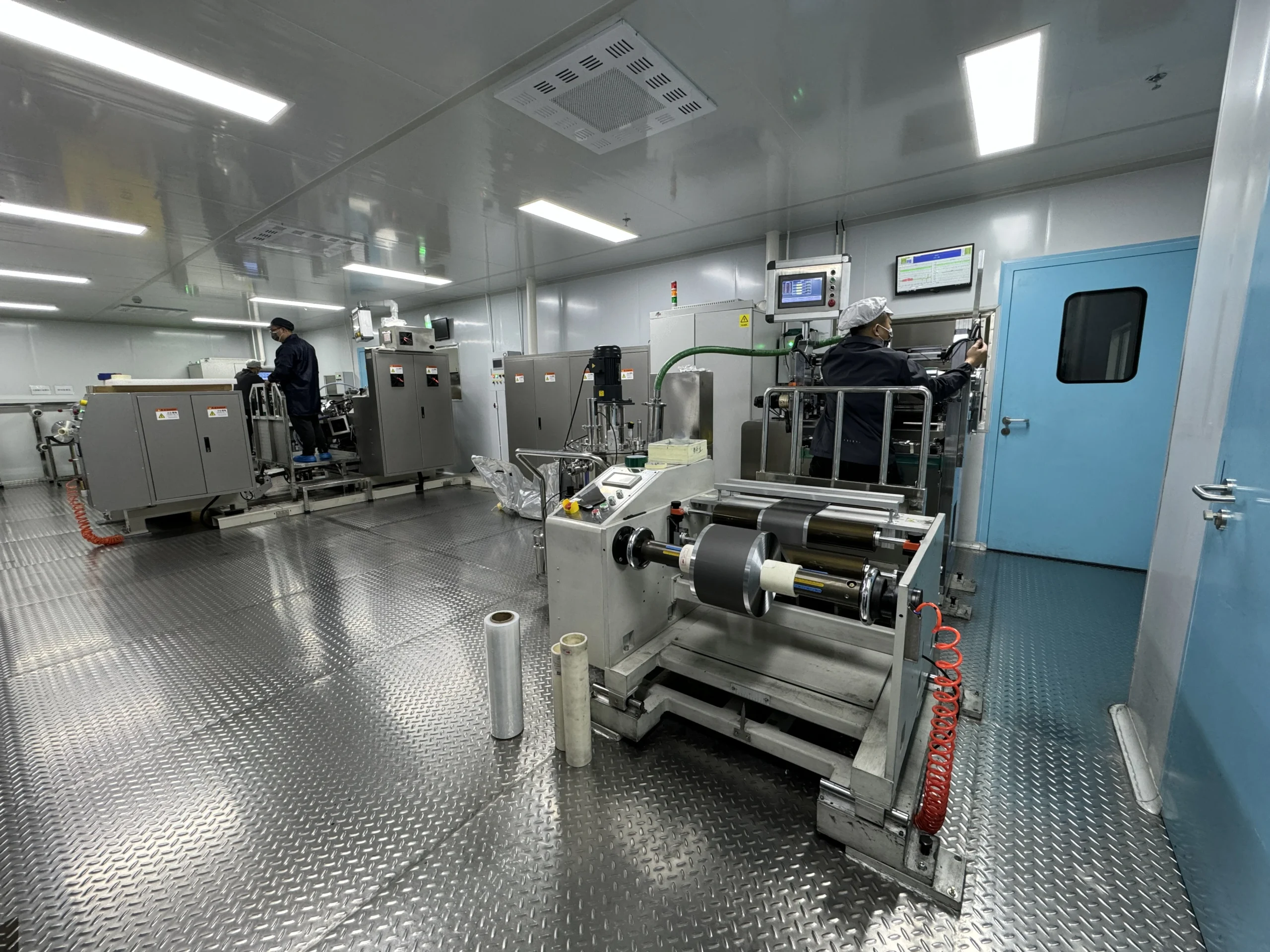Cell Selection and Pre-Assembly Preparation:
Optimizing Safety and Performance in Battery Pack Assembly
Cell Selection and Pre-Assembly Preparation: Laying the Foundation for Reliable Battery Systems
Cell selection and pre-assembly preparation form the backbone of high-performance lithium battery production, directly impacting energy density, thermal stability, and long-term reliability.
As demand grows for electric vehicles and grid-scale energy storage, manufacturers must prioritize rigorous cell screening, advanced material compatibility checks, and precision alignment protocols. This guide explores critical strategies to mitigate risks like capacity mismatch, thermal runaway, and premature aging during pack assembly.
thrust
1. Cell Sorting: Balancing Consistency and Performance
First and foremost, cell selection begins with stringent grading to ensure electrical and mechanical uniformity. Modern sorting systems now analyze 15+ parameters per cell, including internal resistance (±1 mΩ tolerance), open-circuit voltage (OCV) variance (<10 mV), and self-discharge rates (<2% monthly). Multi-stage testing identifies latent defects, such as micro-shorts in anode coatings or electrolyte distribution anomalies.
Key considerations:
• Capacity Matching: Cells grouped within 0.5% capacity deviation minimize imbalance during charge cycles
• Impedance Profiling: AI-driven impedance spectroscopy detects separator porosity variations affecting ion mobility
• Thermal Behavior Mapping: Infrared imaging verifies uniform heat dissipation across cell surfaces
2. Pre-Assembly Protocols: Precision Meets Protection
Prior to module integration, pre-processing ensures optimal cell readiness. Automated cleaning systems remove particulate contaminants to
3. Intelligent Quality Assurance Systems
Smart inspection technologies now bridge quality control gaps between cell suppliers and pack integrators. Machine vision systems perform 360° surface scans at 5μm resolution, flagging minute dents or seal imperfections. Meanwhile, X-ray computed tomography (CT) non-destructively maps electrode alignment and detects internal voids >50μm.
Innovative tools:
• AI-Powered Grading: Deep learning algorithms predict cell aging patterns using early-cycle performance data
• Acoustic Resonance Testing: Ultrasonic pulse analysis identifies electrolyte filling inconsistencies without disassembly
• Blockchain Traceability: Digital twins track each cell’s manufacturing history from raw materials to final assembly
4. Thermal and Mechanical Readiness
Pre-assembly thermal profiling establishes baseline performance under simulated operating conditions. Cells undergo 48-hour cycling between -30°C and 60°C while monitoring capacity retention and impedance drift. Simultaneously, vibration testing (20-2000 Hz frequency sweep) validates structural resilience against road-induced stress.
Preparation benchmarks:
• Pressure Calibration: Pneumatic systems apply 10-15 kPa uniform pressure to mimic pack compression forces
• Coolant Compatibility: Immersion testing verifies cell integrity with glycol-based or dielectric coolants
• Stacking Alignment: Robotic arms position cells with <0.1mm positional accuracy using laser guidance
5. Safety Validation and Compliance
Final pre-assembly checks integrate functional safety protocols aligned with UN38.3 and IEC 62133 standards. Multi-axis shock testing (50G peak acceleration) simulates collision scenarios, while customized formation cycles activate stable SEI layers. Crucially, safety circuits undergo 72-hour burn-in tests to ensure fault-tolerant operation.
Validation milestones:
• Short-Circuit Simulation: 2000A pulse testing confirms current-limiting response within 5ms
• Thermal Runaway Containment: Fiber-optic sensors map propagation speed during controlled failure events
• EMI Shielding: Faraday cage testing validates <3% signal interference in wireless BMS configurations
Conclusion
Cell selection and pre-assembly preparation have evolved into a science of predictive analytics and micro-scale engineering. While current methodologies already achieve <0.01% early-life failure rates, emerging technologies like quantum-resistant encryption for BMS communications and self-healing terminal coatings promise further reliability enhancements. As battery architectures shift toward solid-state and lithium-metal systems, these foundational processes will remain critical in balancing innovation with operational safety.
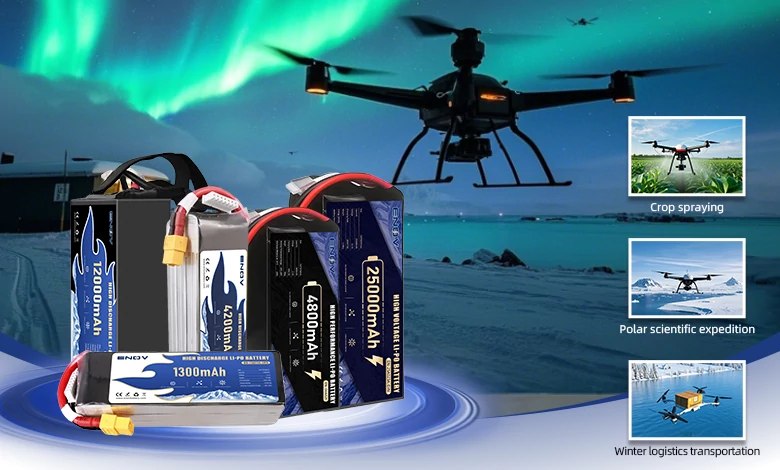
UAV DRONE battery
Enov UAV battery has the most advanced UAV battery new technology, it has a lightweight structural design, ultra-high energy density, stable continuous discharge, customized ultra-high instantaneous discharge, wide temperature working range, stable charge and discharge, battery materials can choose high nickel terpolymer positive/silicon carbon negative material system combined with semi-solid battery technology. Or choose a more mature application of more UAV lithium battery technology, available UAV battery nominal voltage 3.7V, capacity 18.0Ah ~ 30.0Ah, support 10C continuous discharge and 120C pulse discharge (3 seconds). With ultra-high energy density (220-300Wh/kg) as its core advantage, Enov UAV batteries can meet the needs of long-term endurance scenarios such as plant protection drones and transport drones, while maintaining stable emission performance in extremely low temperature environments (-40℃).
Other products
START-STOP LITHIUM BATTERY
LITHIUM ENERGY STORAGE BATTERY
QUICK INQUIRY
FAQ
Access to high frequency technical questions with one click, get accurate answers on product application, after-sales policy and customization process.
Service and Support
Get the latest product specifications, explore professional OEM/ODM customization services, click to open exclusive technical support and production solutions.
Become a Partner
We sincerely invite resources to interconnect, work together for win-win development, and immediately open a new chapter of strategic cooperation!
